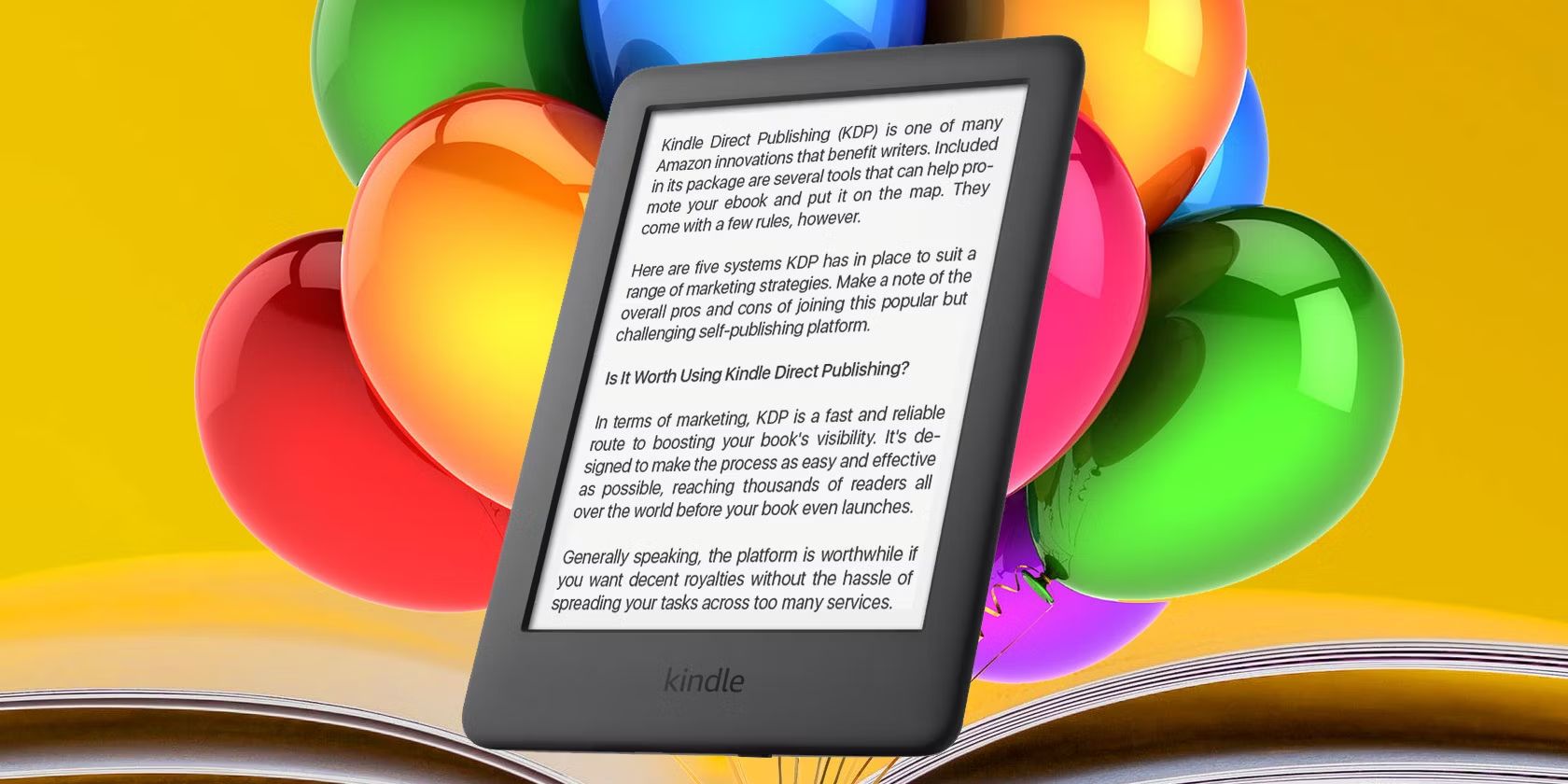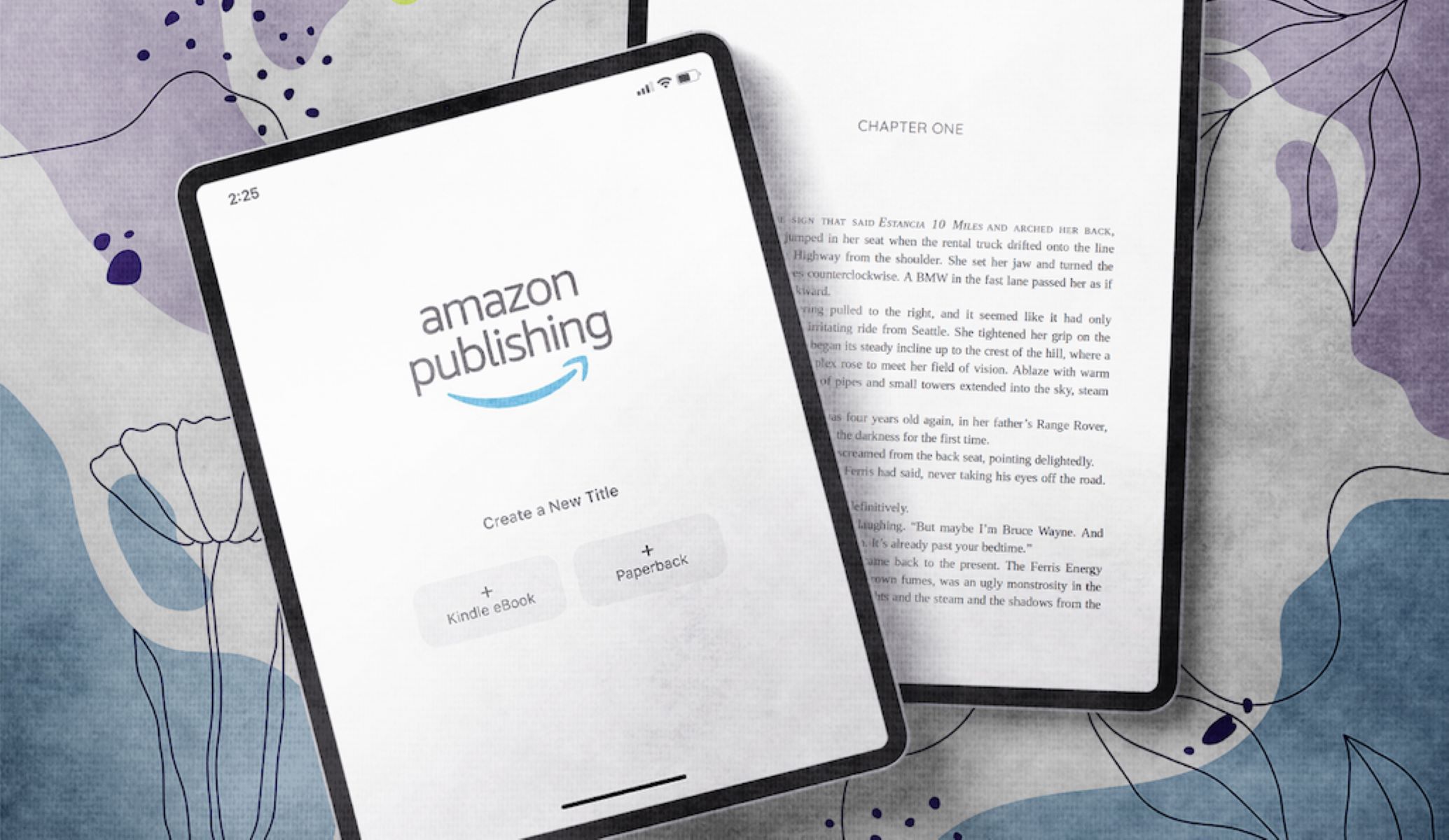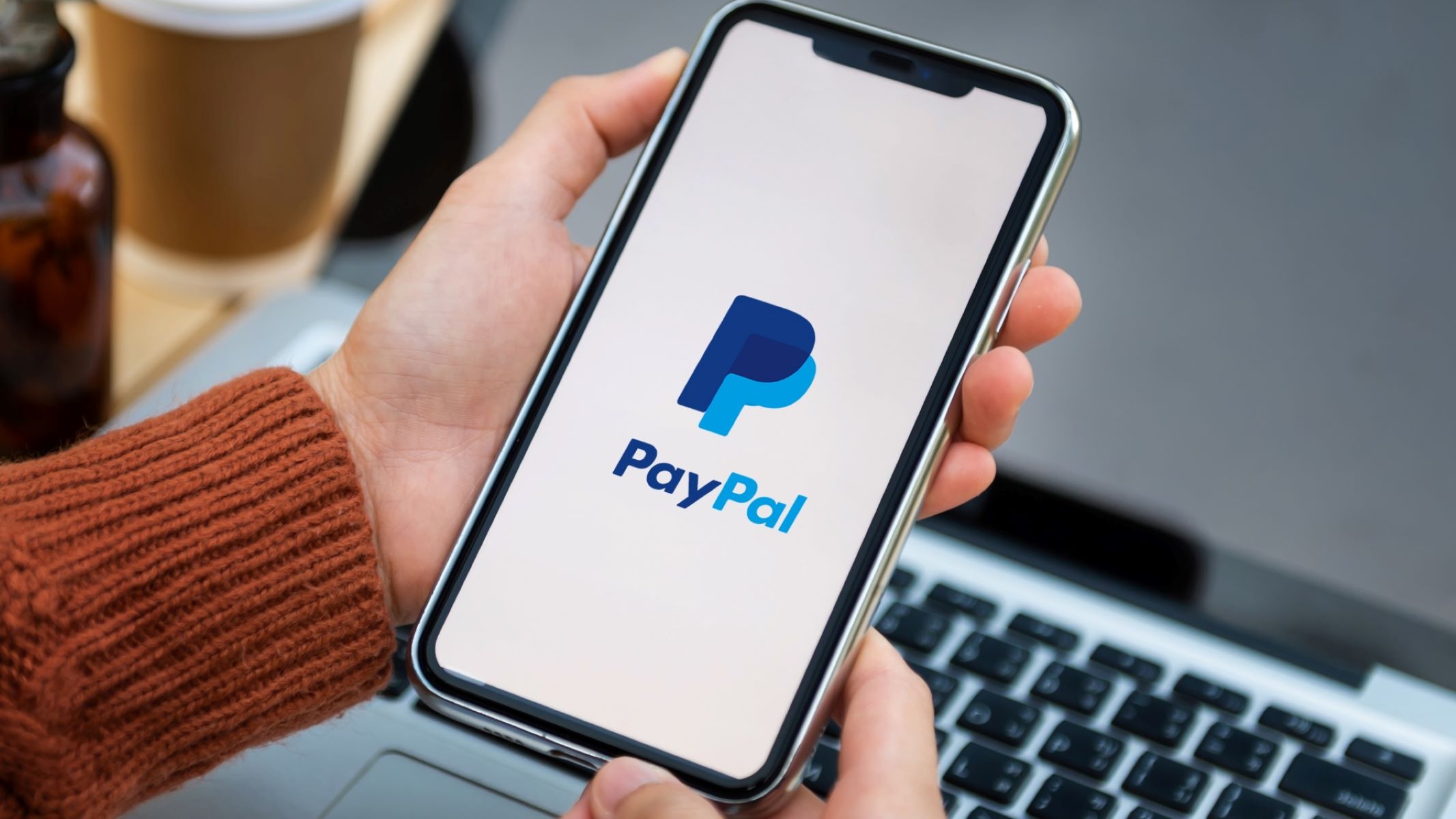Introduction
The eBook market has undeniably revolutionized the way we consume and access books. Digital publications offer convenience, accessibility, and flexibility that physical books often can’t match. With just a few clicks, readers can instantly access thousands of titles from various genres. However, despite the initial surge in popularity, the eBook market may never fully replace traditional printed books. This article explores some of the reasons why digital books may not dominate the reading landscape to the extent some predicted.
Ever-evolving behaviors and preferences of readers play a significant role in the changing landscape of the publishing industry. While eBooks were initially embraced as a new and exciting way to consume literature, recent studies suggest a shift is occurring. As technology continues to advance, more readers are opting for alternative reading formats, such as audiobooks or e-readers with enhanced features like a paper-like display. This diversification highlights the preference for a more immersive and engaging reading experience that extends beyond the limitations of eBooks.
Moreover, compatibility and device issues impede the widespread adoption of eBooks. The availability of different file formats and the multitude of reading devices on the market can create confusion and frustration for readers. Incompatibility can lead to a decline in user satisfaction and discourage enthusiastic readers from fully embracing the digital revolution. Additionally, the cost and convenience of purchasing and upgrading reading devices can deter individuals, particularly those who have limited financial resources or are less technologically inclined.
Self-published authors face their own set of challenges in the eBook market. While self-publishing provides greater autonomy and eliminates the barriers to entry present in traditional publishing, it also means competing in a saturated market. The sheer volume of self-published eBooks makes it harder for these authors to gain visibility and reach their target audience. Without the support and marketing resources provided by traditional publishing houses, self-published authors may struggle to stand out in an already crowded digital marketplace.
Piracy is a significant concern in the eBook market, potentially impacting the revenue and livelihood of authors and publishers. While measures are in place to combat piracy, digital books are more susceptible to illegal distribution compared to physical copies. This problem not only affects the financial viability of authors but also undermines the value of intellectual property rights. The ease of sharing eBooks without proper authorization poses serious challenges for the eBook industry to protect the rights of content creators.
Changing Behaviors and Preferences
The digital age has ushered in a multitude of changes in the way people consume and interact with content. With the advent of smartphones, tablets, and e-readers, readers have gained access to a vast array of reading options at their fingertips. However, the ever-evolving behaviors and preferences of readers are reshaping the landscape of the eBook market.
One significant factor contributing to the shifting preferences is the desire for a more immersive and engaging reading experience. While eBooks offered convenience and portability, they often lacked the sensory experience that physical books provide. The feel of the paper pages, the scent of ink, and the weight of the book can create a deep connection between the reader and the material. Additionally, physical books allow for easier annotation, highlighting, and flipping through pages, allowing readers to interact with the text in a more tactile way.
Another driver of changing behaviors is the increase in alternative reading formats, such as audiobooks. Audiobooks provide a different mode of storytelling, enabling readers to listen to books while commuting or engaging in other activities. This format appeals to a broader audience, including those with visual impairments or individuals who prefer a more dynamic and immersive reading experience. Consequently, the rise in popularity of audiobooks has created a shift in consumer preferences, diverting attention away from eBooks.
E-readers with advanced features have also emerged as a preferred choice for many readers. These devices aim to replicate the experience of reading a physical book by incorporating a paper-like display, reducing eye strain, and enhancing readability in various lighting conditions. By mimicking the characteristics of traditional books, e-readers offer a more seamless transition for readers accustomed to physical copies. This innovation has led to a divergence in preferences, with some individuals opting for the enhanced reading experience provided by e-readers rather than traditional eBooks.
Furthermore, the rise of subscription-based reading services has also influenced consumer preferences. Platforms like Kindle Unlimited and Scribd offer readers access to a vast library of eBooks for a fixed monthly fee. This model appeals to avid readers who can explore a wide range of titles without committing to purchasing individual books. The convenience and cost-effectiveness of these services have sparked a shift in behavior, where readers now prioritize affordability and variety over owning individual eBooks.
Increasing Popularity of Other Reading Formats
While eBooks once dominated the digital reading landscape, other reading formats have gained significant traction in recent years. This increasing popularity of alternative formats has had an impact on the sustained growth of the eBook market.
One notable reading format that has gained widespread popularity is audiobooks. Audiobooks provide a unique reading experience by allowing listeners to immerse themselves in the story through spoken narration. This format appeals to individuals who prefer to consume literature while engaging in other activities, such as driving, exercising, or relaxing. The convenience and accessibility of audiobooks have significantly contributed to their popularity, with leading platforms like Audible witnessing exponential growth in their subscriber base.
Another format that has captured the attention of readers is the graphic novel. The combination of visually captivating illustrations and compelling storytelling has attracted both traditional book readers and new enthusiasts. The rise in popularity of graphic novels encourages a more interactive and visual reading experience, catering to diverse reading preferences and offering an alternative to traditional text-based books.
Furthermore, the emergence of e-readers with advanced features has played a significant role in diversifying reading formats. These devices combine the benefits of an e-ink display with the ability to support rich media content, such as videos and interactive elements. This capability opens up new possibilities for interactive storytelling, combining visual elements with written text to create an engaging and immersive reading experience. As e-readers continue to evolve, they offer readers an alternative format that provides a blend of the traditional eBook experience with modern enhancements.
Additionally, the resurgence of physical books cannot be overlooked. Despite the rise of digital reading, many readers still appreciate the tactile experience and aesthetically pleasing nature of physical books. The resurgence of independent bookstores and the growth of book clubs demonstrate that there is a demand for the traditional reading experience. The physical book market continues to thrive, catering to readers who value the sense of ownership, the ability to display collections, and the joy of flipping through the pages of a physical book.
Limited Compatibility and Device Issues
One of the challenges that has hindered the widespread adoption of eBooks is the issue of compatibility and device fragmentation. The eBook market is populated with various file formats, including EPUB, MOBI, PDF, and more, each with its own requirements and limitations. This lack of a standardized format can create confusion and frustration for readers who may struggle to find the right format for their specific reading device.
Furthermore, the multitude of reading devices available on the market adds another layer of complexity to the compatibility issue. Different e-readers, smartphones, tablets, and computers often support different file formats and have varying levels of compatibility. This can lead to a fragmented user experience where readers are restricted to specific devices or formats, limiting their freedom to access their eBooks on different devices.
In addition to compatibility issues, readers may also face technical difficulties with their devices. Battery life, software glitches, and hardware limitations can impact the overall reading experience. Slow page-turning, unresponsive touchscreens, or difficulties accessing certain features can frustrate readers and discourage them from fully embracing eBooks as a primary reading format.
Moreover, the cost and convenience of purchasing and upgrading reading devices also pose a challenge to the eBook market. While e-readers offer enhanced readability and portability, they come with a price tag that may not be feasible for everyone. Additionally, the need to upgrade devices periodically to keep up with the advancements in technology can be a deterrent for those who are financially constrained or hesitant to invest in new gadgets.
The choice between physical books and eBooks also becomes a consideration for readers who have limited access to technology or have a preference for traditional reading formats. Not all individuals have equal access to the internet or electronic devices, which can create a digital divide in the reading community. Furthermore, some readers find comfort and enjoyment in the physical act of browsing through bookstores, holding a tangible book, and seeing it displayed on their bookshelves. The lack of this personal connection and physical presence is a significant drawback for those who prefer physical books over digital copies.
Challenges for Self-Published Authors
Self-publishing has provided a platform for aspiring authors to share their work with the world, eliminating the barriers to entry present in traditional publishing. However, self-published authors face unique challenges in the eBook market that can make it difficult for them to succeed and gain recognition.
One of the prominent challenges for self-published authors is the sheer volume of eBooks available on various platforms. The digital landscape is saturated with self-published works, making it increasingly difficult for individual authors to stand out among the sea of titles. Without the support and marketing resources provided by traditional publishing houses, self-published authors often struggle to gain visibility and attract a significant readership.
Discoverability is another critical issue for self-published authors. With millions of eBooks available for purchase or download, it can be challenging for readers to find self-published works that align with their interests and preferences. Lack of exposure and limited marketing opportunities make it harder for self-published authors to reach their target audience, leading to lower sales and recognition.
The absence of professional editing and publishing support is another hurdle faced by self-published authors. Traditional publishing houses usually provide professional editing, proofreading, and cover design services, ensuring that the final product is of high quality and meets industry standards. Self-published authors, on the other hand, often have to rely on their own resources or hire freelancers, which can be costly and potentially result in a less polished end product.
Building a loyal readership and garnering positive reviews are crucial for an author’s success. However, self-published authors may struggle to establish credibility and trust among readers who are wary of trying unknown authors. Without the endorsement of a reputable publishing house, self-published authors must work harder to gain the confidence of readers and convince them of the quality of their work.
Lastly, self-published authors face challenges in terms of distribution and accessibility. While eBooks offer the advantage of instant availability and global reach, getting their books into physical bookstores or libraries can be more challenging for self-published authors. Limited distribution options can impact the visibility and sales potential of their works, restricting their market reach to primarily online platforms.
Piracy and Copyright Concerns
One of the major challenges facing the eBook market is the threat of piracy and the associated copyright concerns. With the ease of digital distribution, eBooks are especially vulnerable to unauthorized sharing and illegal downloading, posing significant financial and ethical implications for authors and publishers alike.
Piracy has a detrimental impact on the revenue and livelihood of authors and publishers. Illegal sharing and downloading of eBooks result in potential lost sales and reduced royalties for content creators. The free availability of pirated copies undermines the economic sustainability of the eBook market, making it challenging for authors to earn a fair income from their literary creations.
Alongside the financial implications, piracy also raises serious copyright concerns. Copyright infringement deprives authors of the right to control the distribution and usage of their work, violating the fundamental principles of intellectual property rights. The unauthorized reproduction and distribution of eBooks without the consent of the copyright holders not only diminish the value of their work but also undermines the incentive for authors to create and produce high-quality content.
Despite efforts to combat piracy, it remains a persistent issue in the eBook market. Technological advancements have made it easier than ever for individuals to share files and distribute copyrighted material without detection. Digital rights management (DRM) systems have been implemented to protect eBooks from unauthorized sharing, but they are not foolproof and can be circumvented by tech-savvy individuals.
The global nature of the internet further complicates the issue of piracy. With eBooks accessible worldwide, it becomes challenging to enforce copyright laws and combat piracy on an international scale. Different jurisdictions have varying levels of enforcement and differing interpretations of copyright laws, making it difficult to implement consistent and effective measures against piracy.
The consequences of piracy extend beyond financial loss for authors and publishers. When readers have access to unauthorized copies of books, it devalues the efforts of content creators and undermines the importance of copyright protection. By promoting a culture of free and unrestricted access to copyrighted material, piracy threatens the sustainability of the eBook market and the ability of authors to earn a living from their creativity.
Inadequate Digital Rights Management
Digital Rights Management (DRM) systems are designed to protect eBooks from unauthorized copying and distribution, providing a layer of security for authors and publishers. However, these systems have faced criticism for their ineffectiveness and limitations, further challenging the sustainability of the eBook market.
One of the primary issues with DRM is its impact on consumer experience. DRM often comes with restrictions on how eBooks can be accessed or used, leading to compatibility issues and limitations on the number of devices on which the eBook can be accessed. These restrictions can frustrate readers and deter them from purchasing eBooks, especially if they feel their usage is overly restricted compared to the unlimited access they have with physical books.
Another limitation of DRM is its susceptibility to being bypassed or removed. Tech-savvy individuals can circumvent DRM measures, allowing for the unauthorized sharing and distribution of copyrighted eBooks. This undermines the very purpose of DRM and hampers efforts to protect the rights of authors and publishers. Additionally, the removal of DRM can enable users to convert eBooks into different formats, making it easier to share them across various platforms and devices without detection.
The lack of interoperability between different DRM systems further compounds the problem. eBooks purchased from one platform may not be compatible with a different e-reader or reading application due to the DRM embedded in the file. This restricts users’ flexibility, forcing them to remain within the ecosystem of a particular platform or device and limiting their choices for accessing and enjoying eBooks.
Furthermore, DRM can create challenges when it comes to long-term accessibility of eBooks. As technologies evolve and new reading devices emerge, compatibility issues may arise with older DRM-protected eBooks. If the DRM provider ceases to exist or no longer supports a specific format, it could lock users out of their purchased eBooks, rendering them inaccessible and potentially leading to the loss of their entire eBook libraries.
Inadequate DRM systems can also hinder fair use rights. DRM’s restrictions on copying, printing, and sharing can impede users who would like to utilize excerpts or quotations for educational or research purposes. These limitations can hinder the development of transformative works and limit the ability to engage in critical analysis, thereby stifling creativity and intellectual discourse.
Addressing the limitations of DRM systems is crucial for the eBook industry, as it plays a significant role in protecting the rights of authors and publishers while ensuring a positive and user-friendly experience for readers. Striking a balance between copyright protection and users’ rights is essential for the long-term sustainability and growth of the eBook market.
Lack of Personal Connection with Physical Books
One of the unique and irreplaceable aspects of physical books is the personal connection they foster between readers and the material. Unlike eBooks, physical books offer a sensory experience that digital formats struggle to replicate, creating a deeper emotional bond with the content.
The physical presence of a book can evoke a sense of nostalgia and sentimentality. The weight of the book, the texture of the pages, and the smell of the ink form a multisensory experience that resonates with readers. Holding a physical book and flipping through its pages can provide a tangible connection to the story, creating a more immersive and immersive reading experience.
Annotating and highlighting passages are also activities that many readers enjoy. The ability to physically mark the pages, underline important passages, and write notes in the margins allows for a personalized reading experience and enhances the engagement with the material. These interactions provide a sense of ownership and individuality that can be lacking in the digital realm.
Furthermore, physical books contribute to the aesthetics of a space. Bookshelves filled with books create a visual appeal, showcasing an individual’s reading preferences and interests. The act of organizing and displaying a collection of physical books can be seen as a form of self-expression and can serve as a point of conversation and connection with others.
Physical books also hold sentimental value and can carry personal memories. A well-worn copy of a favorite book, with dog-eared pages and annotations made throughout the years, becomes more than just a vessel for words. It becomes a physical manifestation of the reader’s relationship with the content, capturing the emotions and experiences associated with its reading.
The lack of personal connection with physical books is an element often cited by readers who choose to stick with traditional formats. While eBooks offer convenience and portability, they often fall short in providing the same level of emotional connection and intimacy as physical books. The intangible aspects of reading, such as the feel of a book in hand, the act of turning physical pages, and the visible progress, contribute to the overall reading experience and enhance the reader’s connection to the material.
Despite the advantages of digital technologies and the convenience they offer, the personal connection established with physical books remains a fundamental aspect of the reading experience for many individuals. Physical books provide a sense of history, tradition, and nostalgia, offering readers a unique and personal connection to literature that is challenging to replicate in the digital realm.
Pricing and Accessibility Issues
Pricing and accessibility are essential factors that impact the adoption and popularity of eBooks. While digital books offer convenience and instant access, challenges related to pricing and accessibility prevent them from reaching their full potential and reaching a wider audience.
Pricing is a significant concern for readers when it comes to eBooks. While digital publishing eliminates the costs associated with printing and physical distribution, eBook prices are sometimes comparable to or even higher than their physical counterparts. This pricing disparity can be off-putting for readers who expect a more significant cost advantage when opting for digital copies. Additionally, the inability to resell or share eBooks limits their value proposition compared to physical books, where readers can lend or sell their copies.
Accessibility is another issue that affects the reach of eBooks. While eBooks are touted for their ability to provide instant access to a vast library from anywhere in the world, not everyone has equal access to the necessary technology and internet connectivity. In regions with limited internet infrastructure or where access to electronic devices is restricted, the benefits of digital books are largely inaccessible to a significant portion of the population. This digital divide poses a challenge for eBook adoption and perpetuates inequalities in access to information.
Furthermore, the availability of eBooks in different regions can vary significantly. Due to copyright restrictions and licensing agreements, certain titles may not be accessible in certain countries or may be delayed in their release. This lack of global availability limits readers’ options and can frustrate those who are interested in specific titles or authors, but unable to access them digitally.
Platform exclusivity is another issue that affects eBook accessibility. Some books are exclusively available on certain platforms or reading devices, limiting the choice and options for readers who prefer different platforms or devices. This exclusivity can be a deterrent for readers who do not want to be locked into a particular ecosystem or invest in multiple devices to access their entire eBook collection.
Moreover, traditional libraries face challenges in providing a wide range of eBooks to their patrons. Libraries often struggle with limited budgets and licensing restrictions, which can impact the availability and variety of eBooks in their digital collections. This limited accessibility to eBooks through libraries can impede the access to affordable reading options for individuals who rely on these institutions for their literary needs.
In order to overcome these pricing and accessibility challenges, publishers and eBook retailers need to find a balance that considers the costs associated with eBook production, while ensuring affordable pricing for readers. Additionally, efforts should be made to improve internet access and digital literacy in underserved regions, allowing more individuals to embrace the benefits of eBooks. Collaboration between publishers, authors, and libraries can also help expand the availability of eBooks and promote wider access to diverse reading materials. By addressing pricing and accessibility issues, the eBook market can become more inclusive and reach a broader audience.
Conclusion
The eBook market has undoubtedly transformed the way we consume and access books, providing convenience, portability, and a vast library at our fingertips. However, despite its initial surge in popularity, the eBook market faces several challenges that may prevent it from completely replacing traditional printed books.
Changing behaviors and preferences, the increasing popularity of other reading formats, and limited compatibility and device issues are all factors that impact the growth and adoption of eBooks. Self-published authors struggle with discoverability and face competition in a saturated market. Concerns such as piracy and inadequate digital rights management pose significant risks to authors and publishers, as unauthorized sharing deprives content creators of rightful compensation and undermines intellectual property rights.
The lack of personal connection with physical books and pricing and accessibility issues further hinder the widespread adoption of eBooks. Physical books provide a tangible and sentimental experience that digital formats struggle to replicate, while eBook pricing and limited accessibility pose challenges for readers in terms of cost and availability, particularly in regions with limited internet infrastructure or restricted access to electronic devices.
In order for the eBook market to evolve and thrive, it is crucial for stakeholders to address these challenges. Publishers, authors, and retailers should find ways to make eBooks more affordable and accessible to a wider audience, while protecting content creators’ rights through effective digital rights management. Collaboration between industry players can lead to improved discoverability for self-published authors and the implementation of robust anti-piracy measures. Efforts should also be made to bridge the gap between digital and physical reading experiences and address the digital divide to ensure equal access to literature for all.
Ultimately, the eBook market will continue to coexist with traditional books, catering to different reading preferences and needs. Both formats offer unique advantages and experiences, and each has its own place in the literary landscape. As technology evolves and readers’ behaviors and preferences continue to shift, a balanced and holistic approach that embraces both digital and physical formats will shape the future of the reading experience.

























